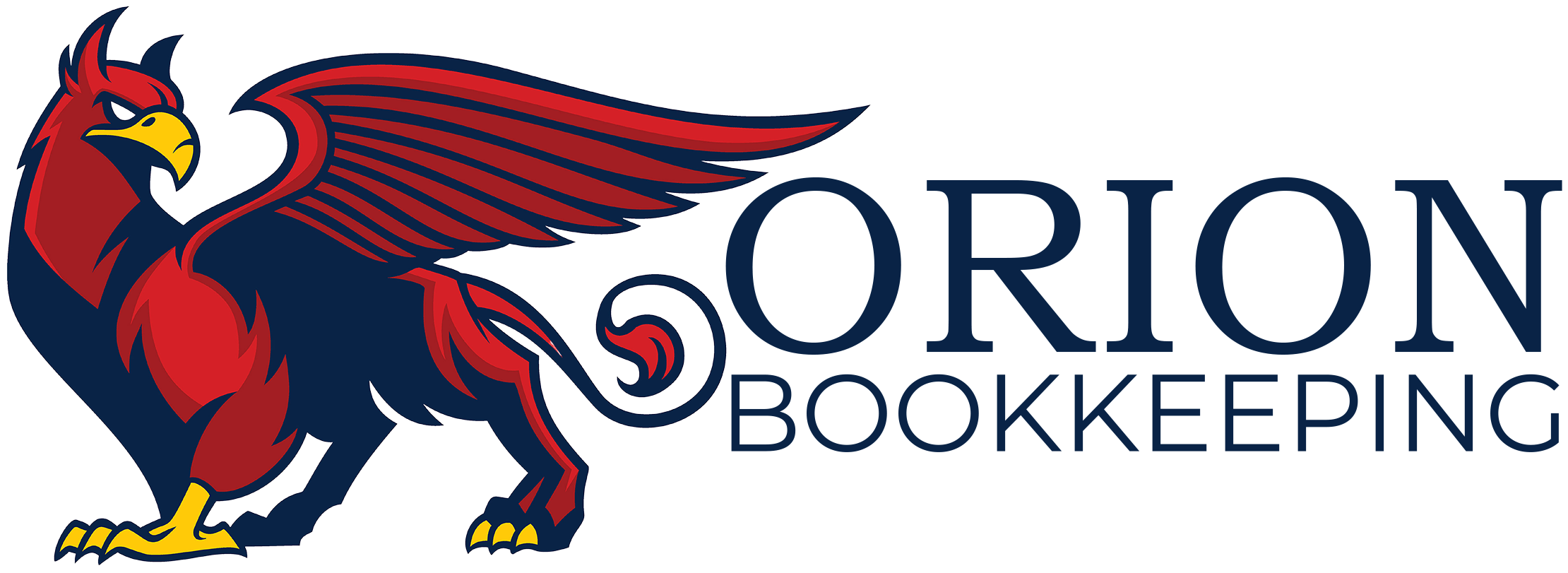Do you need help understanding your balance sheet? Do terms like “assets” and “liabilities” make you want to hide? Let’s explore this fascinating document; hopefully, you will understand it better!
Your balance sheet is the financial statement showing the assets, liabilities, and equity of your business at a specific point in time. It is a snapshot of your business’s financial health.
The balance sheet is divided into three main sections:
- Assets are what your business owns: cash, inventory, and property.
- Liabilities are what your business owes, including loans, accounts payable, and taxes owed.
- Equity is what’s left over after you subtract your liabilities from your assets and represents the value of your business to its owners.
A clear picture of your assets and liabilities can determine the net worth of your business. This information is needed to secure funding, sell your business, and apply for loans.
Balance sheets help you track your business’s financial health. If you compare your current balance sheet to previous ones, you can see if your business is growing or shrinking. This report also helps you identify areas where you may need to improve, such as reducing your liabilities or increasing your assets.
Having more assets than liabilities means that your business is financially healthy. On the other hand, too many liabilities mean that you may need to find ways to reduce them, like paying off debts or negotiating better payment terms. The opposite is true, too; too few assets means you must find ways to increase them, like investing in new equipment, creating new services or products, or getting more sales.
The balance sheet may seem intimidating, but it’s vital to understand if you want to have a successful business. When you know your assets, liabilities, and equity, you can make informed decisions that will help you grow and thrive.


Recent Comments